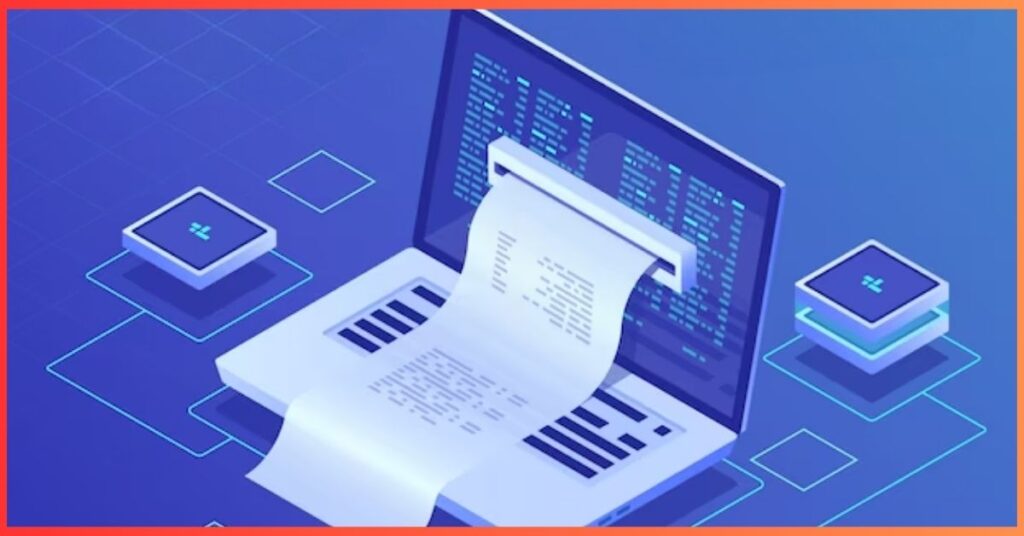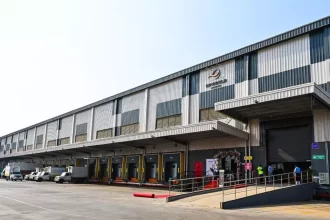In today’s fast-paced business environment, managing billing processes efficiently is crucial for ensuring seamless operations and customer satisfaction. Companies face increasing pressure to streamline their invoicing systems, improve payment accuracy, and reduce administrative overhead. This case study highlights how a leading organization grappled with challenges related to its manual billing procedures and sought to modernize its approach by automating the billing process.
Challenges Faced by the Organization
The manual billing system in place caused significant delays in the invoicing process, leading to inconsistencies and errors. This organization, like many others, was struggling with the following key issues:
- Time-consuming manual processes: Employees spent excessive amounts of time generating, reviewing, and correcting invoices, leading to productivity loss.
- Inaccurate data entry: Due to manual input, billing errors were frequent, causing overbilling or underbilling that resulted in customer dissatisfaction.
- Delayed payments: The inefficiencies in the process often led to delays in invoicing, which directly impacted the organization’s cash flow and ability to forecast revenue.
- Lack of scalability: As the organization grew, the manual billing system couldn’t keep up with the increasing number of transactions, requiring more manpower to manage the workload.
Impact on the Business
The challenges mentioned above had a detrimental effect on both the internal operations and customer relationships. Employees were bogged down with administrative tasks, leaving them less time to focus on value-added activities. The recurring errors and delays also damaged the company’s reputation, leading to an increase in customer complaints and late payments. Over time, it became evident that the existing billing system was not sustainable, particularly as the business expanded.
Moreover, the lack of real-time visibility into financial data hindered the management’s ability to make informed decisions quickly. Without a streamlined system, tracking payment statuses and managing disputes became cumbersome and time-intensive.
Conclusion: The Need for Transformation
The organization recognized the critical need to overhaul its billing processes in order to enhance efficiency, accuracy, and scalability. Moving forward with an automated solution was no longer a choice but a necessity for the company to stay competitive and provide a better customer experience.
To explore how this organization successfully transformed its billing operations, download the complete case study and discover the full range of benefits that automation brought to their business.







